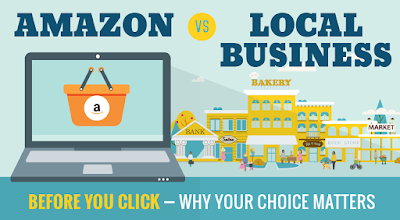Expanding Employee Co-op Conversions

By Dominic J Bartolone From the Coleman Report Each day, over 10,000 Baby Boomers turn 65, with a majority of America’s small businesses being owned by this generation, many are choosing to close the company rather than sell it when they retire. Some of these businesses provide core services to underserved and economically vulnerable areas, and their closure could significantly impact the lives of not only the workers but also the community as a whole. One strategy to save these community businesses is to convert ownership to their employees. The approach of cooperative conversions builds equity for employees, helps save jobs, and encourages employees to invest in their future by excelling at their jobs. Cooperative conversions can help address both these issues by providing an outlet for aging owners to sell their companies while offering a retention strategy that helps anchor much-needed services to local communities.

















